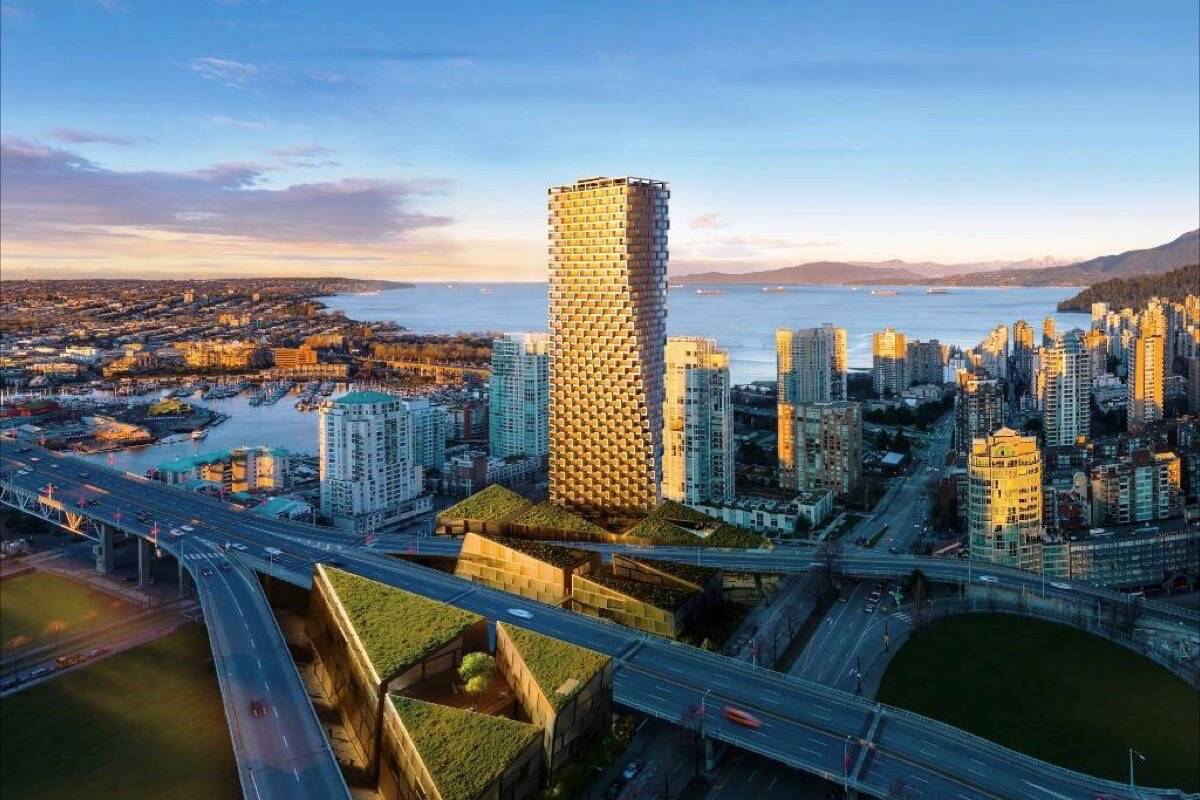Families in British Columbia saw their median after-tax income drop for first time in five years in 2021, according to new figures, which also show rising poverty and inequality in B.C.
Counting all sources of income, including government transfers, and accounting for inflation, the median after-tax income in B.C. dropped by 1.6 per cent in 2021 to $61,060, reversing years of gain, according to StatsCan. Compared to the rest of the country, British Columbia experienced a smaller drop, as the national decline was 2.8 per cent.
Earned income rose, but higher taxes and the end of COVID-19 related transfers cut into overall income, according to an accompanying analysis.
“Lower-income families were more impacted by the end of government COVID-19 benefits, especially lone-parent families with children under 6 years old,” it reads. “Accordingly, low-income rates and income inequality also rose in 2021.”
British Columbia was no exception.
RELATED: ‘Outrageous’: Victoria low-income rental tenant stunned by $378 parking fee
RELATED: B.C.’s low-income renters thought they’d get free AC units, but face hurdles
Almost 755,000 British Columbians — or 15.2 per cent of the population — met the definition of low-income in 2021, up from 13.2 per cent in 2020, but down from 2017, when 18.7 per cent of the population met the definition. In other words, the share of low-income British Columbians has been dropping since 2017, but COVID-19 and its aftermath have been reversing trendlines. (Individuals have a low income if their adjusted after-tax income falls below 50 per cent of the median adjusted after-tax income).
This trend also appears in the Gini coefficient, a measure of income equality ranging from 0, when all members of a population have the same income, and 1, when only one person receives all the income of a population.
In 2021, the Gini coefficient based on adjusted family after-tax income stood at 0.361, up from 0.341 in 2020, but down from the most recent peak of 0.379 in 2017.
Looking at specific regions, the Gini coefficient rose in Greater Victoria, Greater Kelowna, Abbots-Mission and Greater Vancouver. Its Gini coefficient of 0.385 for 2021 is the third-highest in all of Canada, behind Calgary (0.386) and Toronto (0.407).
But Greater Victoria is also among the regions with the lowest share of low-income individuals with 11.5 per cent, just behind Greater Quebec (10.4 per cent).
@wolfgangdepner
wolfgang.depner@blackpress.ca
Like us on Facebook and follow us on Twitter.

